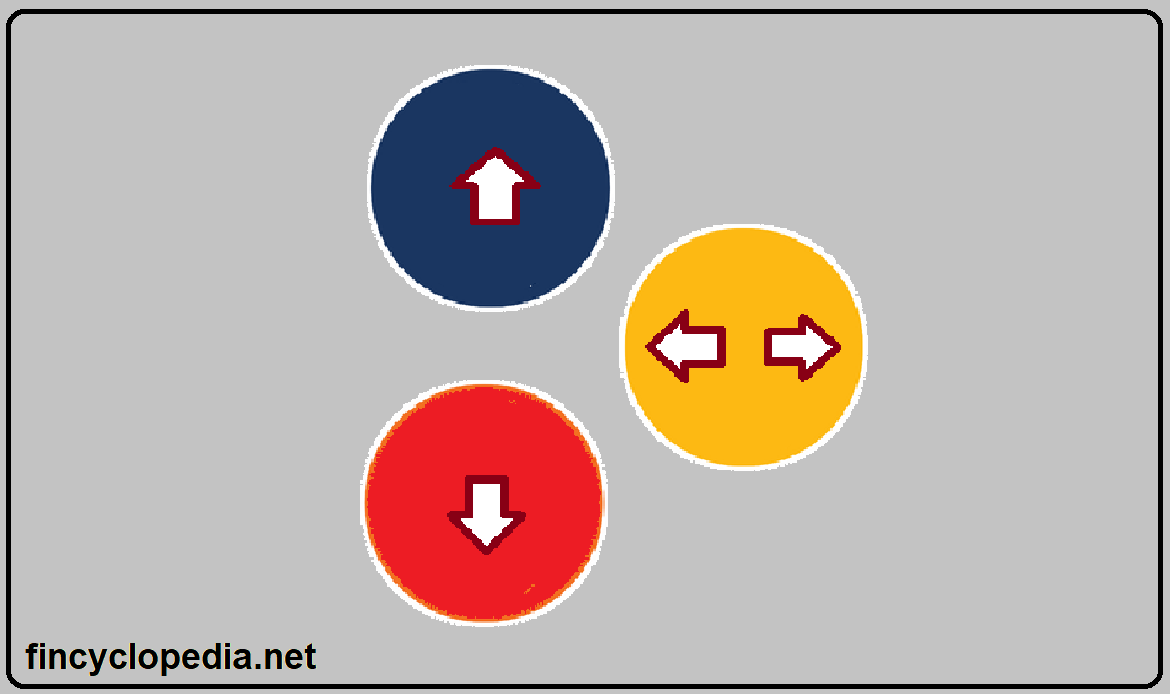A financial liability is a liability that results in an outflow of monetary assets or other financial assets. Specifically, it arises from a contractual obligation to deliver financial assets (cash, securities, etc.) to a counterparty, or from a contractual obligation to exchange financial assets or financial liabilities with a counterparty under conditions that may not be favorable to the entity.
A financial liability may also arise from a contract that potentially involves repayment in the entity’s own equity, or a non-derivative that may result in a delivery of a variable number of its equity instruments, or a derivative that will or may be settled other than by the exchange of a financial asset for a specific number of the entity’s equity instruments.
In a nutshell, the main types of financial liabilities are:
- Accounts payable (A/Ps): amounts owed to third parties on account of purchases of supplies and materials required for operations and production;
- Loans payable: amounts owed from borrowing (from other parties and other market participants);
- Notes payable: notes representing debts owed from borrowing; and
- Bonds: fixed income securities, used in borrowing capital (financing capital requirements) for a fixed period of time, with specified payment terms and interest payment schedules.







